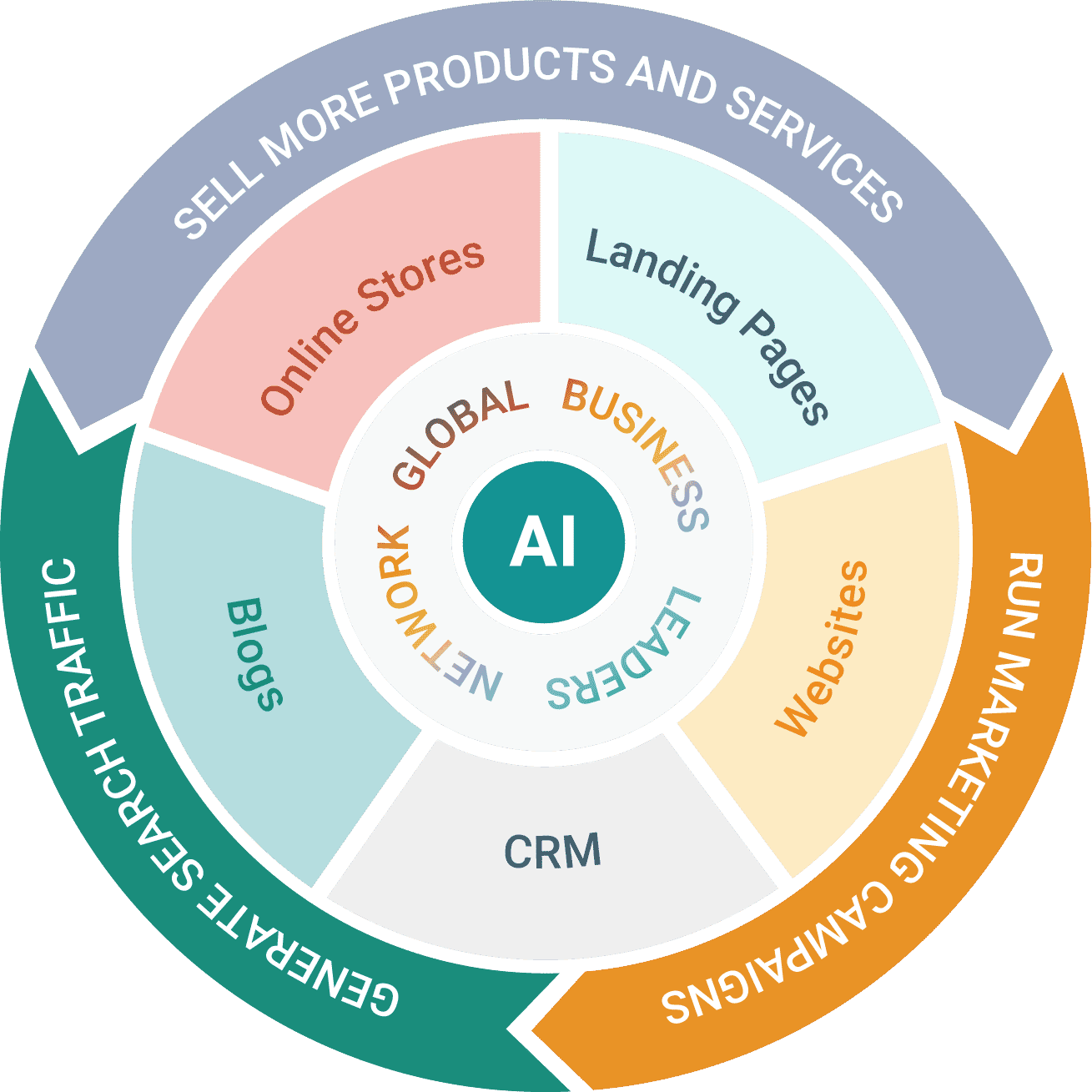10 Countries That Helped CANADA To Become Rich After Trump’s Tariffs
Top 10 Trips
May 15, 2025
Voice over: In March, 2025, everything changed. The headline screamed tariffs, jobs on the line, billions at risk. Washington turned its back, and for a moment it felt like the ground beneath Canada had shifted, but what happened next wasn’t loud, it wasn’t angry, it was smart, strategic, quietly powerful. In this video of top 10 trips, we’re diving into the 10 countries that helped Canada to become rich.
After Trump’s tariffs stories, the news barely covered, but the economy will never forget. So make sure to hit that like button and watch till the end, because the nations that came to Canada’s rescue may surprise you. This isn’t just about trade, it’s about who stood with us when the world’s biggest ally turned away.
Starting at number 10, we have United Kingdom. In March, 2025 when Washington Reimposed a 25% steel tariff and a matching aluminum levy on Canada, Ottawa called its Old Ally across the Atlantic and London answered by April. Trade ministers in Ottawa and Westminster had quietly elevated their post Brexit cooperation into a strategic economic pact.
The UK government earmarked over $1 billion for binational venture funds, channeling capital into Canadian clean energy startups in Vancouver and biotech innovators in Toronto, British pension funds, then committed an additional $2 billion to Canadian infrastructure underwriting upgrades at the Port of Vancouver, and financing low carbon terminal expansions that streamlined exports to Asia and Europe.
UK regulators granted fast track access to Canadian FinTech platforms, opening a corridor to London’s financial markets that Canadian startups had long eyed food distributors in Britain facing shortages from their traditional US suppliers. Swiftly pivoted to Canadian canola, pulses and seafood, absorbing roughly $300 million in redirected AgriFood sales by midyear.
Meanwhile, Canadian AI and cybersecurity firms secured a 22% jump in UK service contracts, cushioning, tech revenue against automotive, tariff fallout. Nothing here played out on cable news or in bombastic speeches. Instead, boards of trade ministry, backrooms and venture capital briefings wove together a modern special relationship, one built on mutual need rather than nostalgia.
By summer’s end, bilateral trading goods and services had climbed more than 25% compared to the previous year, proving that when one superpower seals its gates, another can open doors wide enough to power an entire nation’s recovery. Number nine, Germany. When American steel and aluminum duties landed in March, 2025, Germany moved swiftly to forge a counterweight.
Within weeks, Berlin and Ottawa signed a landmark clean hydrogen agreement. German chemical conglomerates committed to purchasing over $3 billion of Canadian green hydrogen channeled through upgraded pipelines from Alberta’s renewables hubs to European steel mills. German engineers then retrofitted Canadian electrolyzer plants with advanced turbines and catalysts boosting local production efficiency and creating thousands of high skilled jobs in Alberta and Saskatchewan.
Simultaneously Germany’s major automakers stung by us counter tariffs on steel inked multi-year contracts for Canadian nickel and cobalt, critical for electric vehicle batteries. Those deals guaranteed $2.5 billion in mining revenue and spurred construction of domestic processing facilities in Manitoba and Quebec.
Capturing more value before export. To knit these initiatives together. Germany’s State owned KFW Bank provided $750 million in low interest financing to Canadian clean tech incubators, fast tracking breakthroughs in carbon capture, and industrial decarbonization. By autumn 2025, Canada’s exports to Germany had soared 33% year on year, led by hydrogen critical minerals and green tech services.
Yet this powerhouse partnership remained largely invisible to the public engineered in ministerial working groups and private sector roundtables. Rather than on political talk shows, Germany didn’t merely buy Canadian products. It invested in Canada’s industrial future fusing European sustainability goals with Canadian resources and ingenuity.
In doing so, it gave Canada a permanent seat at the table of Europe’s clean energy transformation. Proof that real economic strength often grows from collaboration behind closed doors. Number eight, Japan as US protectionism peaked. In March, 2025, Japan quietly extended an economic lifeline to Canada, forging one of the years most consequential Pacific Rim alliances.
By April Tokyo’s major utilities agreed to purchase $7 billion of Canadian liquified natural gas annually, nearly doubling pre tariff volumes, and jointly financed expansion of LNG terminals in British Columbia. Japanese trading houses underwrote new deep water births and dredging projects that revitalized coastal economies and created thousands of jobs.
Meanwhile, Japan’s leading automakers rerouted $2 billion in steel and aluminum orders to Canadian mills, guaranteeing supply chains for North American assembly plants in May, Canada and Japan. Launched a smart city innovation challenge, pooling $500 million to develop AI driven transit systems in Vancouver and Tokyo.
Japanese robotics firms opened r and d outposts in Montreal and Waterloo, collaborating with Canadian AI startups on autonomous vehicle prototypes, and 5G enabled smart grids. By November, 2025, Canadian tech exports to Japan had climbed 18% while LNG revenues surged $4 billion over 2024. This partnership, however, avoided fanfare.
No headline grabbing announcements, only intergovernmental MOUs and private sector joint ventures. Japan gave Canada crucial market diversification in energy and high tech just as US relations grew fraud. Transforming a looming crisis into an era of Pacific oriented cooperation under the radar. This multifaceted alliance cemented Canada’s place in Asia’s growth story and reaffirmed that enduring economic resilience thrives on strategic collaboration, not retaliation.
Number seven, South Korea. When Canadian Mining and Metals faced steep US duties in March, 2025, South Korea lept into secure its supply chains and to bolster Canada’s resource communities by May. SOL’s leading battery cell manufacturers had signed $3.4 billion in multi-year contracts for Canadian graphite, lithium, and nickel underpinning Cho’s EV Revolution.
Those deals funded mine expansions in Quebec and processing upgrades in Ontario, creating hundreds of new jobs in rural regions. Hyundai and Kia seeking stable inputs. Diverted $1.2 billion of their steel and aluminum procurement from US suppliers to Canadian mills shoring up their North American assembly lines.
In June, Samsung and LG committed $600 million to a semiconductor r and d center in Vancouver, focusing on advanced node testing and material science. That hub brought Taiwanese and Korean engineers into collaboration with Canadian researchers, accelerating microcontroller design cycles. By December, 2025, Canadian exports to South Korea had grown 25% year on year, driven by battery materials and tech services.
Yet this vital alliance unfolded quietly in corporate boardrooms and innovation labs rather than on political stages. South Korea didn’t just open its market. It invested in joint ventures and technology transfer, ensuring that Canadian resources powered its clean energy transition while Canadian companies gained footholds in Asia’s high-tech ecosystem.
In a world fractured by trade, skirmishes, Sol and Ottawa built a resilient corridor, one poised to run the clean tech economy for decades. Number six, Australia, thousands of miles away, Australia and Canada discovered that shared democratic values and resource strengths could turn tariff adversity into strategic opportunity.
In April, 2025, Canberra’s Future Fund allocated $1.5 billion to Canadian critical minerals ventures, targeting cobalt, rare earths and lithium vital for global decarbonization. Capital spurred mine developments in Manitoba and Quebec, and financed domestic processing plants that retain value added refining within Canada.
Concurrently, the Pacific Research Alliance launched with $300 million to drive joint breakthroughs in battery chemistry and mineral processing technology, funding, cross-border scholarships, lab facilities, and innovation challenges. Australian Agritech firms introduced precision farming, drones and water management systems to Canada’s prairie provinces, boosting yields by 12% and reducing irrigation costs just as US grain markets tightened under tariffs.
By September, 2025, two-way trade had leaped 40% LED by resources, research and Ag Tech exports. Yet this pivot remained out of the headlines. Nurtured in research offices, ministry briefings, and private sector collaborations, Australia and Canada demonstrated that resilience flows from foresight, trust, and strategic investment proof that when one corridor shuts allies can co-construct new pathways of innovation and growth.
Number five, India. In late March, 2025, as US tariffs clobbered Canadian agriculture and manufacturing, India seized a historic opening. New Delhi’s Food Security Ministry inked a $1.8 billion deal for Canadian pulses, canola, and wheat, stabilizing thousands of prairie farms by May. Indian pharmaceutical Giants had signed $600 million in supply contracts for Canadian high purity chemicals underpinning large scale vaccine and antibiotic production.
In parallel, Ottawa created a FinTech corridor in Vancouver offering fast track visas and tax incentives to Indian software firms. Indian IT exports to Canada rose by 30%, and joint AI and blockchain training programs launched at major universities. The Adani group then invested $1 billion in Canadian port upgrades, expanding terminals in Vancouver and Montreal to speed bilateral flows.
By October, 2025, total two-way trade outpaced Canada’s corridors with both the US and China and business delegation shuttled between Mumbai and Toronto. This partnership merged Resource Wealth with Demographic Opportunity Canada as a secure gateway to North America and India as a scale partner in technology and agriculture.
Together. They wrote a new chapter in 21st century trade diplomacy. One defined not by tariffs, but by shared ambition and generational growth. Number four, Mexico Canada’s southern neighbor responded to the March, 2025 tariffs with unequivocal solidarity deepening ties. Born under decades of North American integration.
By April Mexico’s automotive consortium agreed to triple imports of Canadian steel and aluminum components, bringing $2.2 billion in factory orders to Ontario and Quebec. Those parts fed assembly lines in Puebla and Guanajuato preserving continental supply chains even as US duties. Bit energy cooperation ramped up when Mexico’s national oil company granted expanded Gulf offshore drilling licenses to Canadian exploration firms.
Unlocking $800 million in investment and sustaining high wage jobs on both borders simultaneously. A Pacific North corridor in Baja, California opened its doors to Canadian electronics manufacturers who set up tariff free assembly hubs to serve Asia spurring $450 million in SME equipment orders. By November, 2025, Mexican imports of Canadian goods had jumped 28% year on year, led by parts energy and high tech manufacturing in boardrooms and trade commission meetings, rather than political rallies, Canada and Mexico, fortified and interdependence that turned tariff adversity into continental competitiveness, proof that shared geography and mutual interest remain the strongest bulwarks against protectionism.
Number three, United Arab Emirates. As North American trade tensions peaked, the United Arab Emirates emerged as Canada’s strategic partner in infrastructure, energy and food security. In June, the Abu Dhabi investment authority earmarked $4 billion for Canadian green energy bonds, underwriting grid upgrades in Alberta and Quebec.
That accelerated deployment of utility scale battery storage, and wind projects. Those funds modernized provincial power networks and created thousands of construction jobs. DP World Dubai’s global port operator struck a $1 billion agreement to expand automated container terminals at the port of Montreal, bypassing congested US hubs and cutting transit times to Europe and Asia by up to five days.
On the Agritech front, Emirati Greenhouse consortiums invested $250 million in Canadian controlled environment farms, deploying vertical farming modules across Saskatchewan to supply fresh produce to Gulf markets year round. By December, 2025, exports to the UAE had soared 35% Boyd by infrastructure, energy, equipment, and agricultural technology.
This Gulf, great White North Alliance took shape in sovereign wealth boardrooms and project sites rather than public fanfare. It showed that when traditional corridors falter under political strain, capital rich partners can build new highways. Integrating Canadian innovation into Middle Eastern growth trajectories and ensuring tariff adversity becomes the catalyst for a deeper, more diversified global footprint.
Number two, France. When March, 2020 five’s US tariffs threatened Canada’s energy and tech sectors. France offered a climate aligned blueprint for cooperation and cultural exchange. In April FRAs co-finance $3 billion in Canadian clean tech ventures targeting carbon capture, green hydrogen, and advanced battery materials.
Those funds seeded startups from Alberta’s Oil Sands labs to Quebec City’s hydrogen fuel pilot plants. French energy majors then invested $1.5 billion in joint development agreements with Canadian oil sands operators, piloting sustainable extraction methods and capturing emissions at the source.
Cultural ties deepened when France fast tracked work visas for Canadian filmmakers and digital creators sparking collaborative festivals in Cannes, in Toronto that showcased both nations creative industries. Meanwhile, French banks extended $5 billion in low interest credit lines to Canadian exporters, realigning toward Europe, underwriting, aerospace, and pharmaceutical supply chain shifts By autumn 2025, two-way trade had climbed 22% led by clean energy, culture, and financial services.
Orchestrated through intergovernmental councils and industry partnerships rather than populist rallies. This Franco Canadian Alliance proved that shared values of democracy, diversity, and climate ambition can underpin durable prosperity even when a traditional partner turns inward. And finally, at number one, we have Netherlands.
When the US steel and aluminum tariffs landed in March, 2025, Canada needed a new gateway and the Netherlands delivered. By April, the Port of Rotterdam authority and Vancouver Fraser Port Authority had sealed a $2 billion logistics pact to deepen channels, automate container handling and install cold storage across both coasts.
Operational. By September, this corridor bypassed US bottlenecks shaving up to five days off transit times for Canadian grain pulses, and seafood bound for Europe and Africa. In May, Dutch Dairy Giants signed a $1.4 billion annual deal for Canadian cheese and powdered milk stabilizing incomes for Ontario’s artisans and Prince Edward Islands farmers.
That agreement included joint r and d labs in Rotterdam and Guelph, where breeders collaborated on climate resilience strains on the energy front. Royal Dutch shall announce $3 billion investment to co-develop offshore wind in Atlantic Canada, funding turbine blade factories in Halifax and grid upgrades in St.
John. By December, 2025, the first Canadian made blades will rolled off assembly lines, creating over 2000 skilled Nova Scotian jobs. Innovation ties deepened further when the Dutch Health Tech Fund allocated $800 million for joint biotech ventures. Accelerating Canadian vaccine delivery trials stalled by US regulatory delays.
Einhorn’s Mobility Consortium. Partnered with Toronto’s transit labs to pilot modular trams and AI driven traffic systems. Launching field tests in November. By years end, bilateral trade had surged 38% proof that when one corridor closes, another can be built under the radar, knitting Canada’s economy into new global networks and rewriting its post tariff destiny.
As we’ve seen, when pressure came from one side, Canada quietly found strength on another. These 10 countries didn’t just help stabilize an economy. They helped rewrite a story of resilience, adaptability, and new hope. Now we want to hear from you. Which partnership surprised you the most? Or if you could choose one country to deepen ties with Canada, who would it be and why?
Drop your thoughts in the comments below. If you found this video helpful, don’t forget to like, share and subscribe for more stories that go beyond the headlines, because sometimes the real power isn’t in the noise, it’s in the quiet moves that change everything. Thank you for watching. Until then, enjoy life and have an awesome day.
Source: https://www.youtube.com/watch?v=1gI9f-0zDw0





















